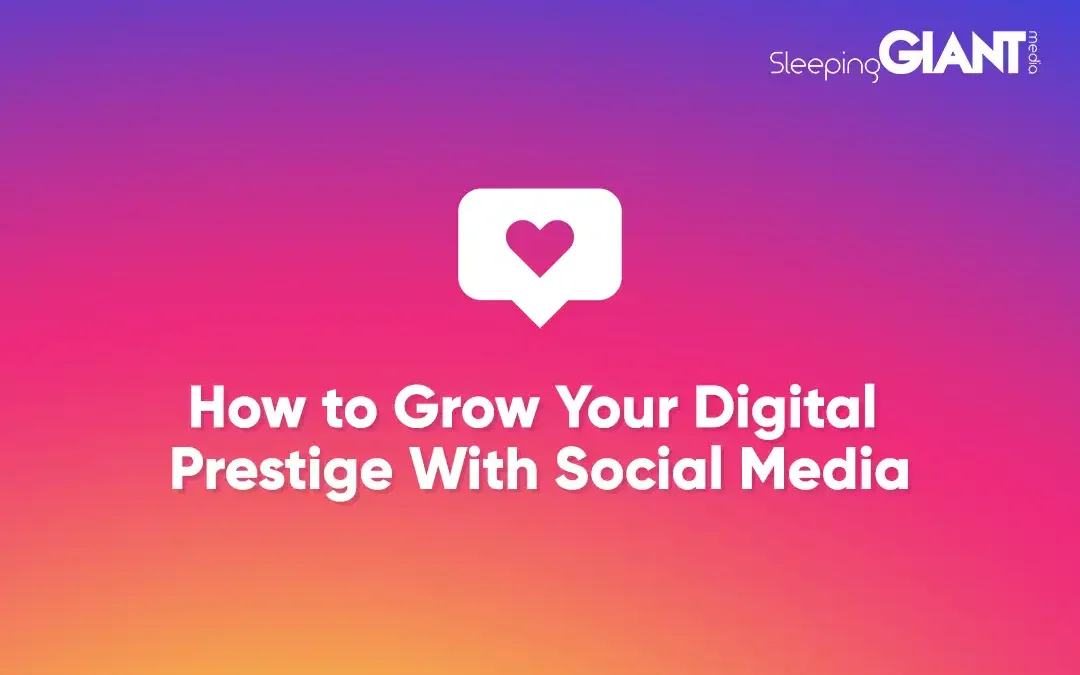What Is On-Page SEO? Essential Ranking Factors You Need To Know
What Is On-Page SEO? Essential Ranking Factors You Need To Know

Digital Marketing, technology & business insights, how to’s and explainer videos, released on a Wednesday. Make sure to subscribe to be notified and sign up to our mailing list! 🎥
See below, the transcript from this episode of Giant Wednesday if videos aren’t your preferred method to consume digital skills. See also the Giant Cheat Sheet from this episode.
If you want to know more, get in touch today 😎
On-page, off-page… sounds like a terrible version of the Hokey Cokey doesn’t it?
Well, if you’re ready to embark on your quest to get your SEO efforts up to scratch, chances are you’re going to need to focus on the “on-page SEO” factors of your site.
A successful SEO presence involves a variety of factors that will impact your site’s performance, some of which are on-page factors and others that fall under off-page.
Hi, I’m Holly from Sleeping Giant Media and I’m here today to talk to you about on-page SEO – what it is, what it means and how to do it.
Okay, let’s get to it! On-page SEO is about optimising web pages on your site to improve your site’s rankings and achieve more organic traffic. Simples.
There are multiple factors that you need to take into consideration to reach that optimisation, but once these factors are in play, your site will have a higher level of authority, trustworthiness and expertise.
By gaining this useful reputation, search engines like Google and Bing will prioritise your site over less optimised sites to answer search queries that are related to the content on your site.
To put it more simply, by getting your site to a stage where it ticks all of Google’s boxes, your site will be one of the first that appears when users are searching things that are relevant to your business.
This can act as brand awareness as it means more people visiting your site organically and increases users’ interest in your business.
It could be the difference between a potential customer picking you or your competitor. And you want it to be you, don’t you?
So what actually falls under on-page SEO?
Well, some of the most common on-page SEO practices include optimising internal links, user experience, URLs and the content on your site.
Content for SEO
Content is one of the biggest on-page SEO factors as it includes all content, from functional content that is essentially copy that describes your products and services, through to creative content, like your blogs.
To optimise your content, you need to ensure that it’s relevant to your business’ industry as well as informative, unique and helpful to the user.
The higher the quality of your content, particularly if it’s unique to other content around similar topics in your industry, the better it’s considered by search engines.
Your content should also include relevant keywords to help Google match search queries to keywords that you’ve used – you’ll want to use a variety of keywords with mid to high search volumes in your content.
Internal Links
Internal links are essentially links that sit within your content, no matter what form that takes, that link you to another section of your website.
It’s important to include these links within your content wherever natural as internal linking is another best practice for optimising the content on your site.
For example, adding a call to action that says “for more information, why not get in touch today?” and include the link to the contact page.
Nice and easy – just signposting people around your website so they get, overall, an awesome experience and think more highly of their interaction and experience with your brand.
URL structure
URL structure is another factor that you should consider as part of your on-page SEO.
Ideally, when creating URLs for your site’s web pages, the URL should show the different sections of your site leading to that specific page.
For example, your site may sell plants and the page in question is for a specific plant product, the URL should show all the sections that lead to this page like this: www.yourplantsite.co.uk/ourplants/succulents/jade-plant.
By structuring your URLs neatly, Google can crawl through your pages and categorise them easily for its users.
User experience
You should really consider the user experience of your site.
How long does it take to load?
Is it easy to navigate?
Are your images optimised and do they have alt text?
These are just some of the things that are considered by search engines when ranking your site.
So we suggest going through your website on different devices and making notes of things like this – things that might make someone give up and go elsewhere, or might annoy them.
Similarly, note down the positives and look to apply these where possible to other pages on your site.
Some of the lesser factors, which should still be considered include having relevant page titles as well as the use of h1 and h2 tags in your content so Google can better understand the structure of the page.
But really, if you search for on-page SEO factors, you’ll find yourself buried under different elements of your site that might be considered to impact your on-page SEO.
While the elements we’ve touched upon aren’t all of the factors that make up great on-page SEO, they are the most notable and working on those things will make a GIANT difference.
We recommend focusing and perfecting your technique on these elements before looking into other factors that might not have as much impact.
It can feel like on-page optimisation isn’t all that important and many can feel reluctant to make it a priority.
However, when you look at Google’s own words about how their search algorithms utilise the relevance of web pages, high-quality content, use of keywords, the ranking of useful pages, the usability of those pages and context when providing results to search queries – why wouldn’t you optimise your site to perform well in those areas?
If you know it works, the next step should be figuring out how to put it in place.
And hey, now you’ve covered on-page SEO maybe you should start looking at off-page SEO!
So, they were the key on-page SEO factors for you to consider. You’re now ready to go off into the wild and optimise like crazy!
Sign Up For Giant Wednesday In Your Inbox
Use the form below to sign up and we'll send you fortnightly update emails when a new episode of Giant Wednesday is launched.
Want results like these?
So, you’ve seen how we do it — and you know what we’re capable of. If your brand or business could benefit from results like these, get in touch with us today to unleash your potential.
Follow Us
Sign Up For More
Stay up to date with the latest happenings, learnings, events & more with our GIANT Newsletters.
Contact Us
Top Floor, The Civic Centre, Castle Hill Avenue, Folkestone CT20 2QY.
Copyright © 2022 Sleeping Giant Media. All Rights Reserved.


